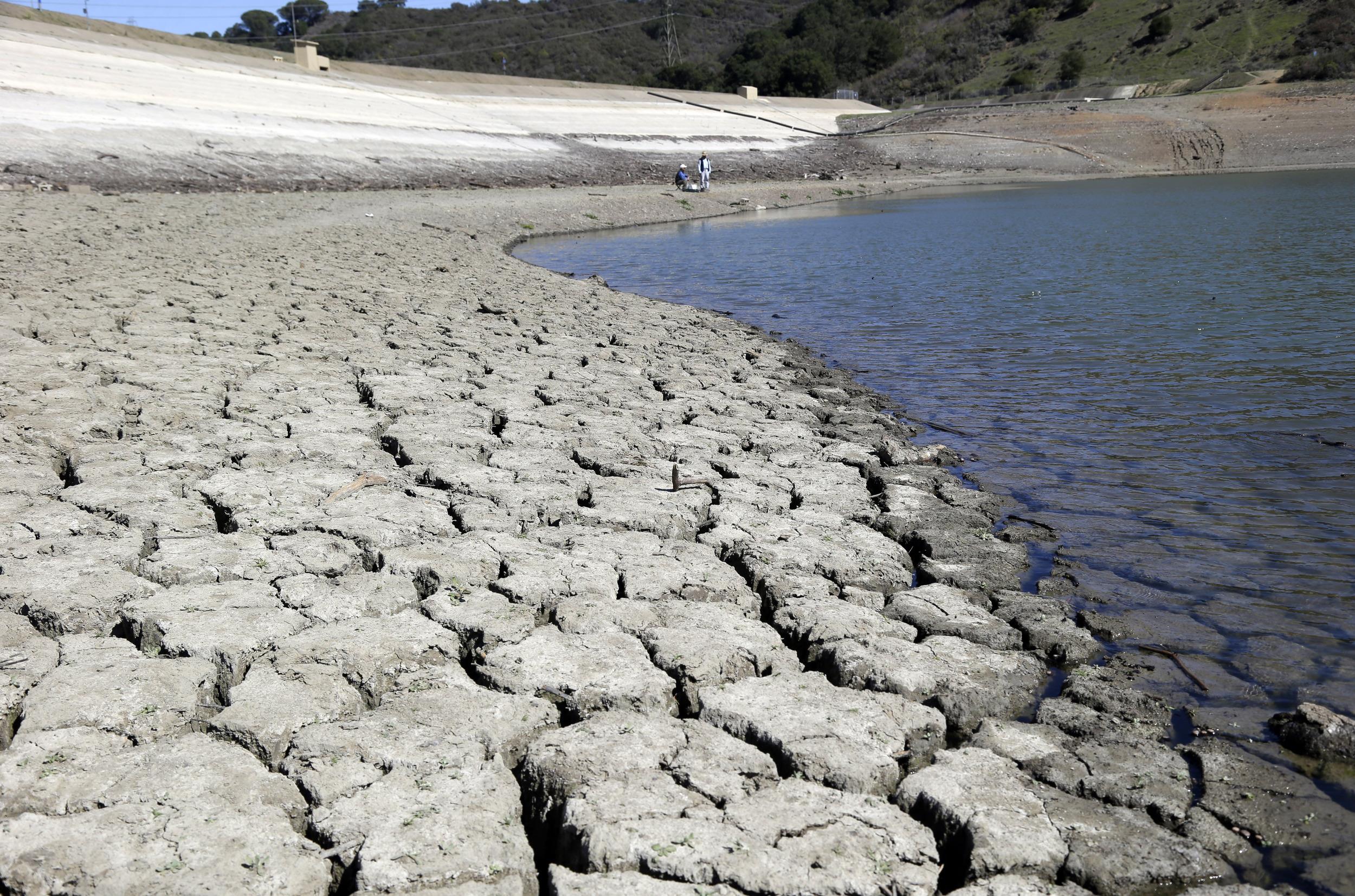Canada: heat drains Prairies

It had already been a dry spring and early summer for most of the West. Some crops are now crispy and livestock water sources are drying up.
| File photo
Western Canadian farmers and ranchers are concerned about what’s next now that a record-breaking heat wave has moved through the region.
It had already been a dry spring and early summer for most of the West. Some crops are now crispy and livestock water sources are drying up.
Temperature records throughout the region, some more than 100 years old, fell daily through the last days of June and first days of July.
British Columbia felt the greatest immediate effects, as Lytton recorded the highest Canadian temperature ever at 49.6 C on June 29. A devastating fire followed, killing at least two people and destroying nearly the entire community.
B.C. Cattlemen’s Association general manager Kevin Boon said that fire and numerous others have put livestock in danger.
“We know cattle have been lost and we know that ranchers have been working hard to move cattle out of harm’s way, but the efforts have been hampered by heat and very aggressive fires,” he said July 5.
Producers continue to do what they can and Boon said it will be a while before the numbers start to come in.
“Until we are allowed back in it is hard to assess losses, but we anticipate they will be big,” he said.
As of July 4, the province’s agriculture ministry said 335 fruit and berry growers had filed notices of loss. The ministry also said poultry barns reported bird deaths due to extreme heat and ventilation challenges.
In Alberta, crop conditions declined throughout the last half of June. About two-thirds were rated good to excellent overall, which is below the five-year average of 76 percent, and that number is expected to decline.
“Everyone in this community is making hay as fast as they can before it totally shrivels up or gets taken out by a hail storm when the heat breaks,” said Stuart Somerville, who farms near Endiang, Alta.
Storms did move through parts of Alberta and Saskatchewan on the weekend but most regions need some sustained precipitation to make a difference.
Lloyd Tyler, who farms northwest of Outlook, Sask., said drought had put all crops, pastures and hay land in fair to poor condition in his area.
Many farmers reported cereal crops heading out prematurely, hay that won’t be cut, and cows being pulled off pastures with little to no growth.
The heat came too fast and too hard, said Norm McIntyre from the Wiseton, Sask., area.
“Cereals heading out at a foot tall and turning blue. Canola two-leaf to bolting. Lentils won’t canopy so will dry out even faster,” he reported. “Overall, not good.”
Manitoba Agriculture oilseed specialist Dane Froese, who also compiles that province’s weekly crop report, said crops in the southwest, central and Interlake areas were experiencing the most stress. Crops are moving into reproductive stages faster than they normally would and there will be challenges, he said.
“We are certainly facing yield losses in cereals, mostly from the earlier lack of moisture,” he said.
Cereals aren’t able to compensate for the heat as well as canola, for example, and heads may not fill.
The heat shortens flowering periods and may stress plants by causing hormonal imbalances that lead to reproductive abortion, Froese said.
A break in the heat could allow canola to recover. Froese said it may take a week or two to see what happens.
Soybean and corn crops tolerate the heat much better as long as they have moisture to cool off. Both of these crops are not at the reproductive stage yet so they should be OK, he said.
According to climate watchers, the heat wave was unprecedented.
Yale Climate Connections, a nonpartisan multimedia service that reports on climate change and weather, described it as the most extreme heat wave in modern history.
“Never in the century-plus history of world weather observation have so many all-time heat records fallen by such a large margin than in the past week’s historic heat wave in western North America,” says an article on its website.
“The only heat wave that compares is the great Dust Bowl heat wave of July 1936 in the U.S. Midwest and south-central Canada. But even that cannot compare to what happened in the Northwest U.S. and western Canada over the past week.”
Read also
Wheat in Southern Brazil Impacted by Dry Weather and Frosts
Oilseed Industry. Leaders and Strategies in the Times of a Great Change
Black Sea & Danube Region: Oilseed and Vegoil Markets Within Ongoing Transfor...
Serbia. The drought will cause extremely high losses for farmers this year
2023/24 Safrinha Corn in Brazil 91% Harvested
Write to us
Our manager will contact you soon



